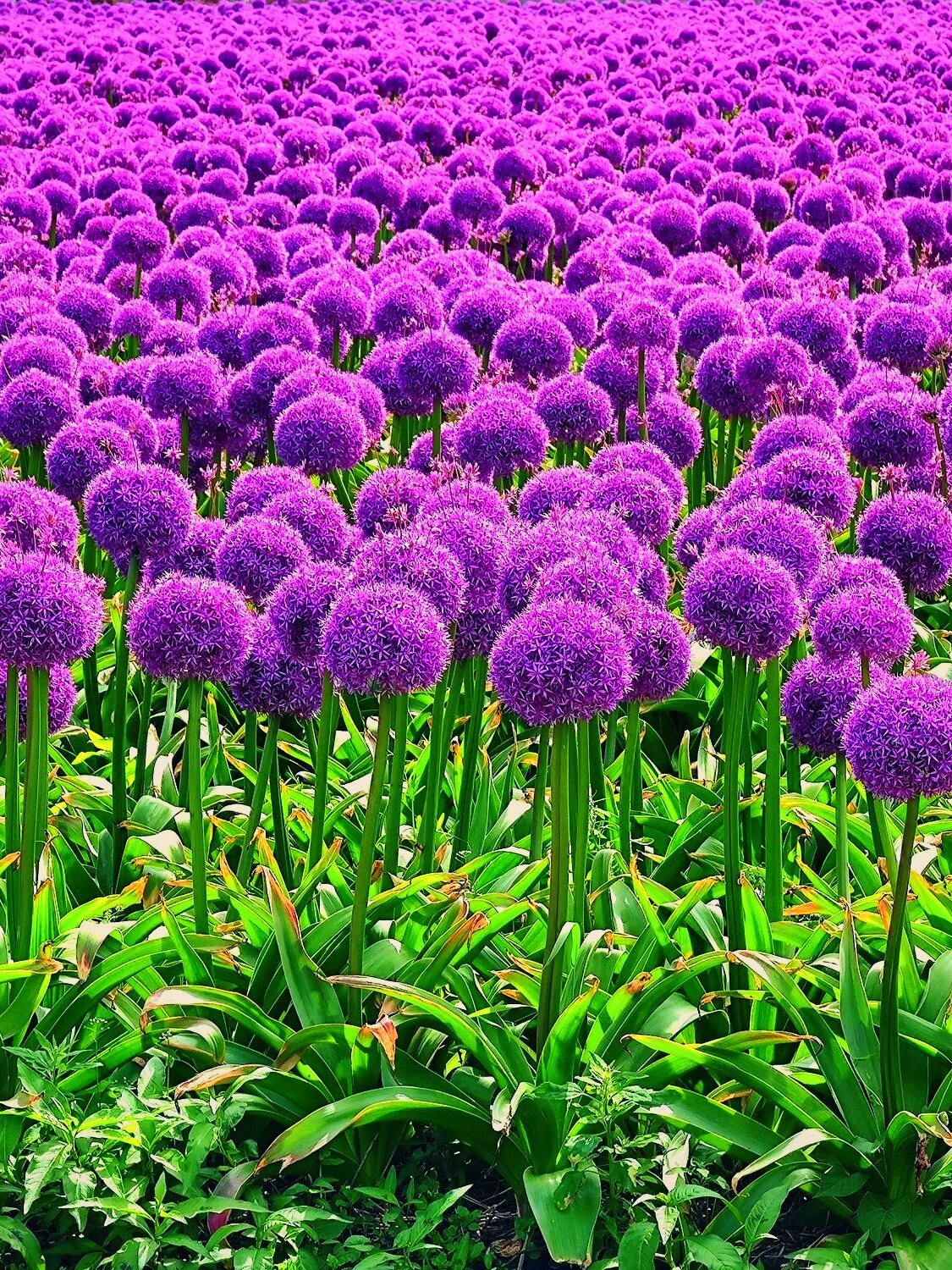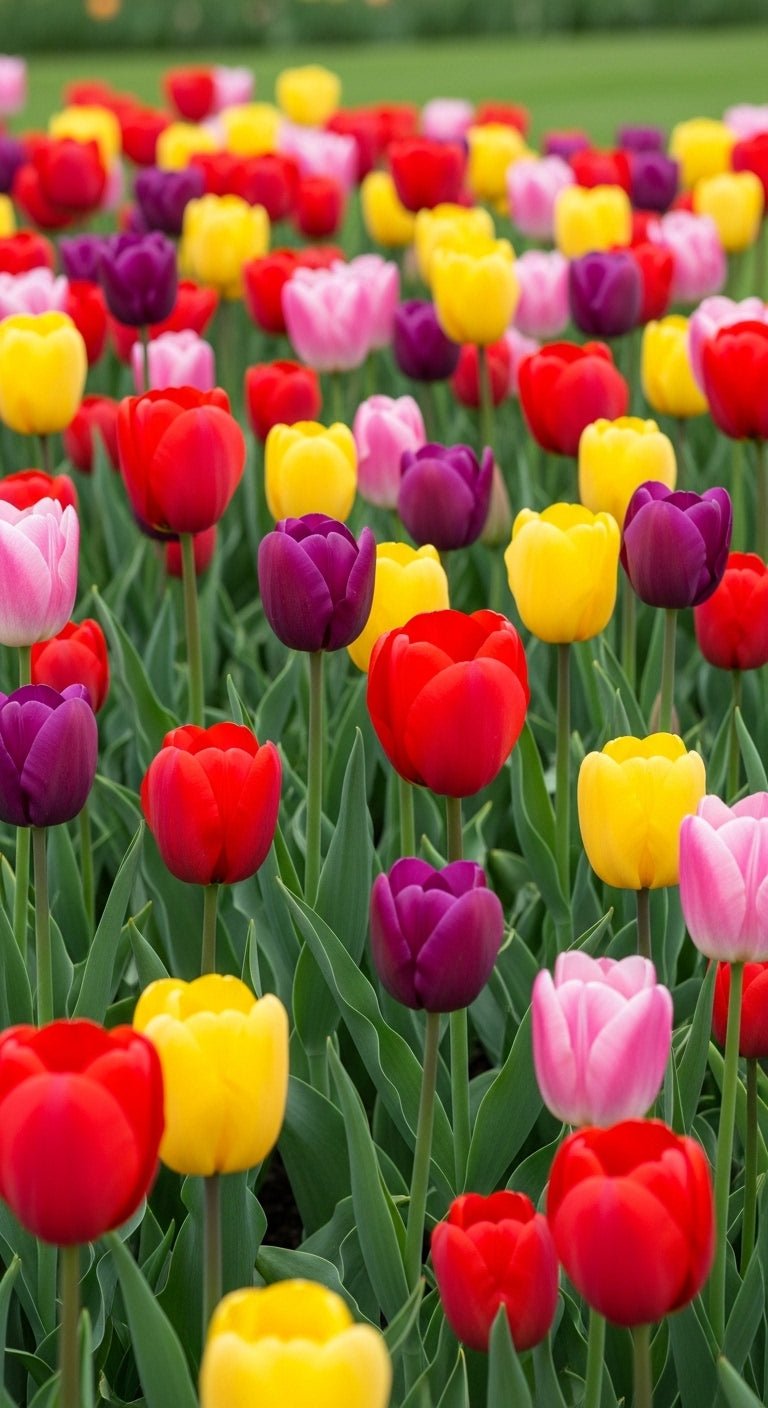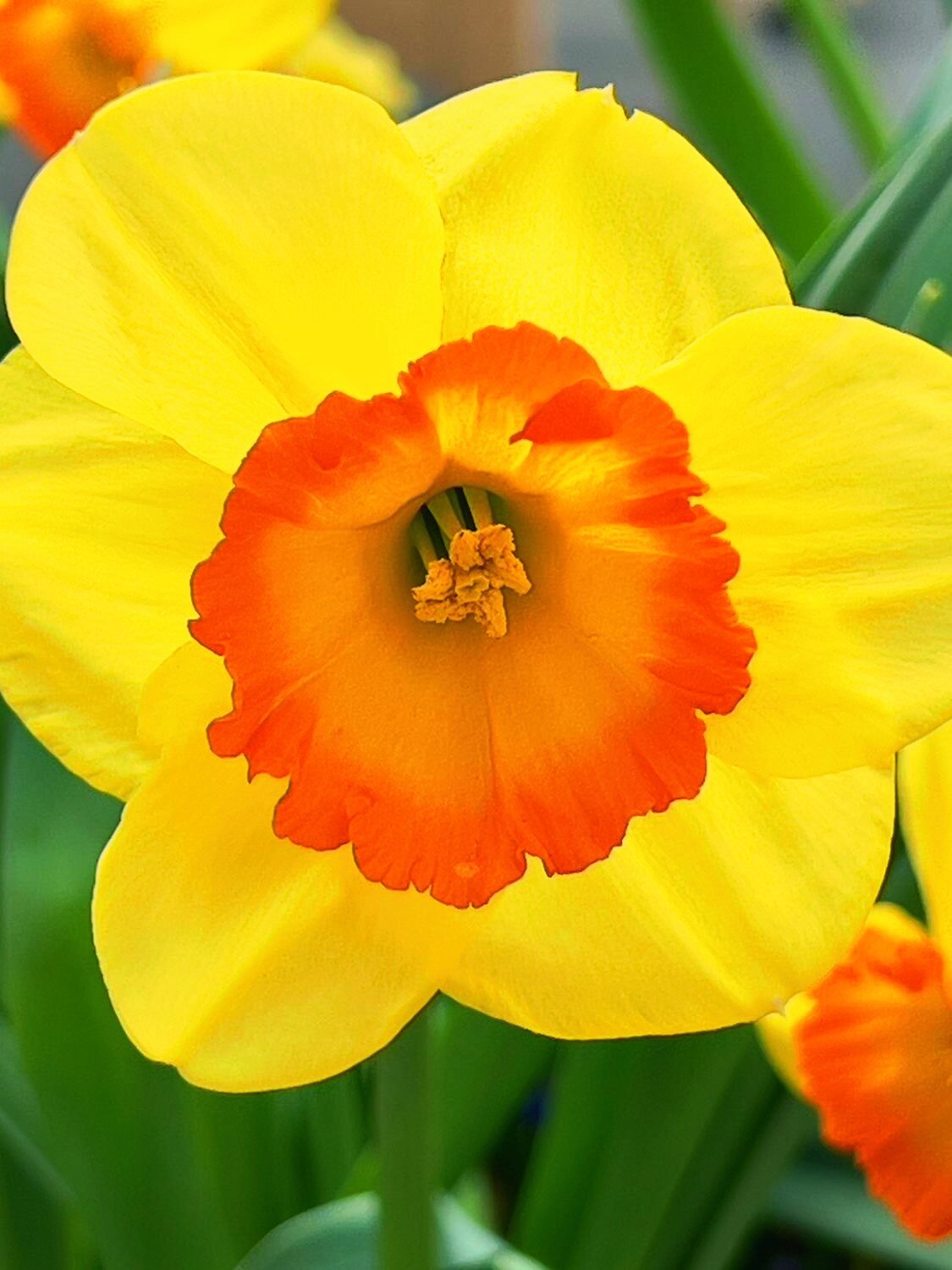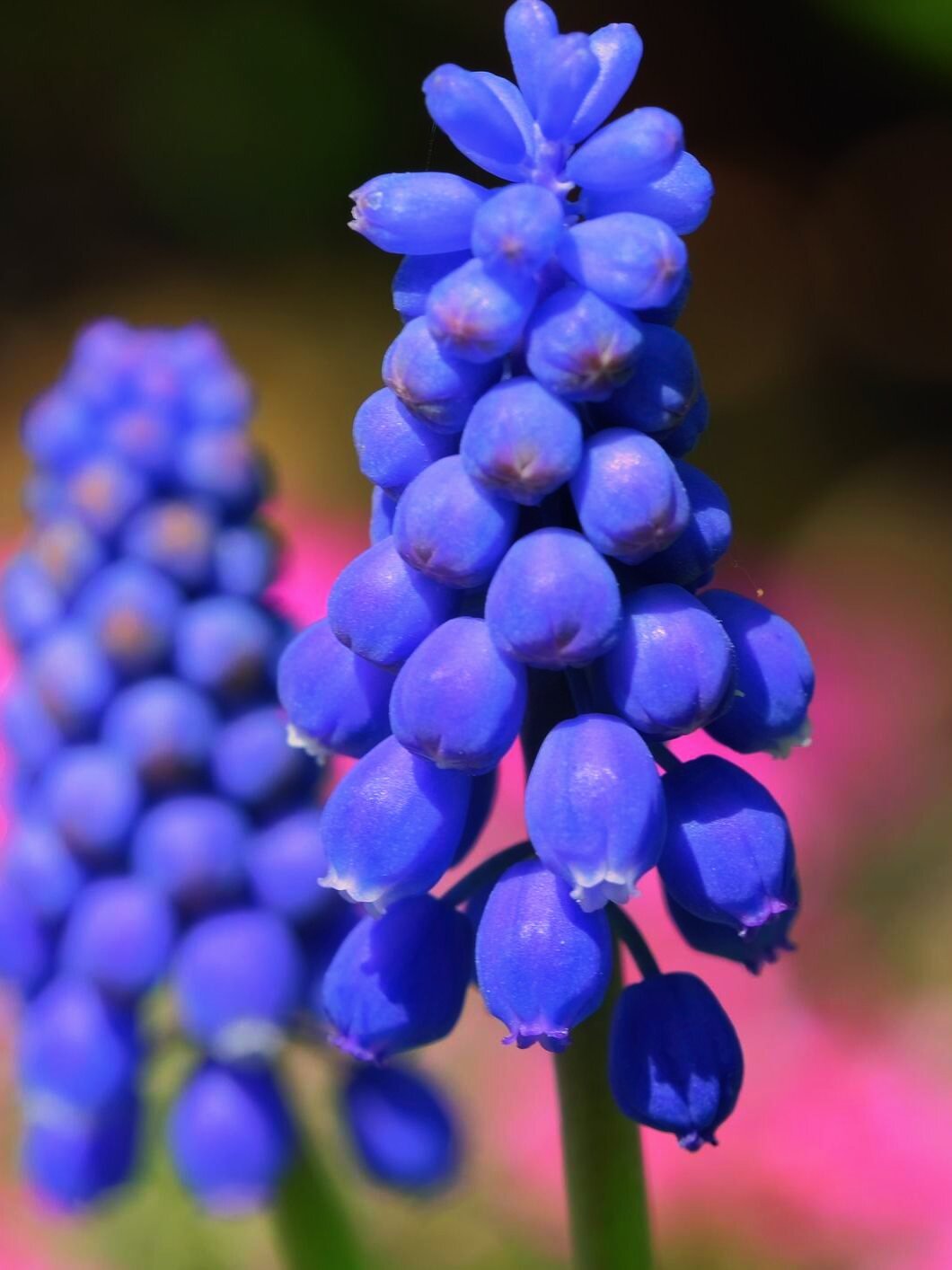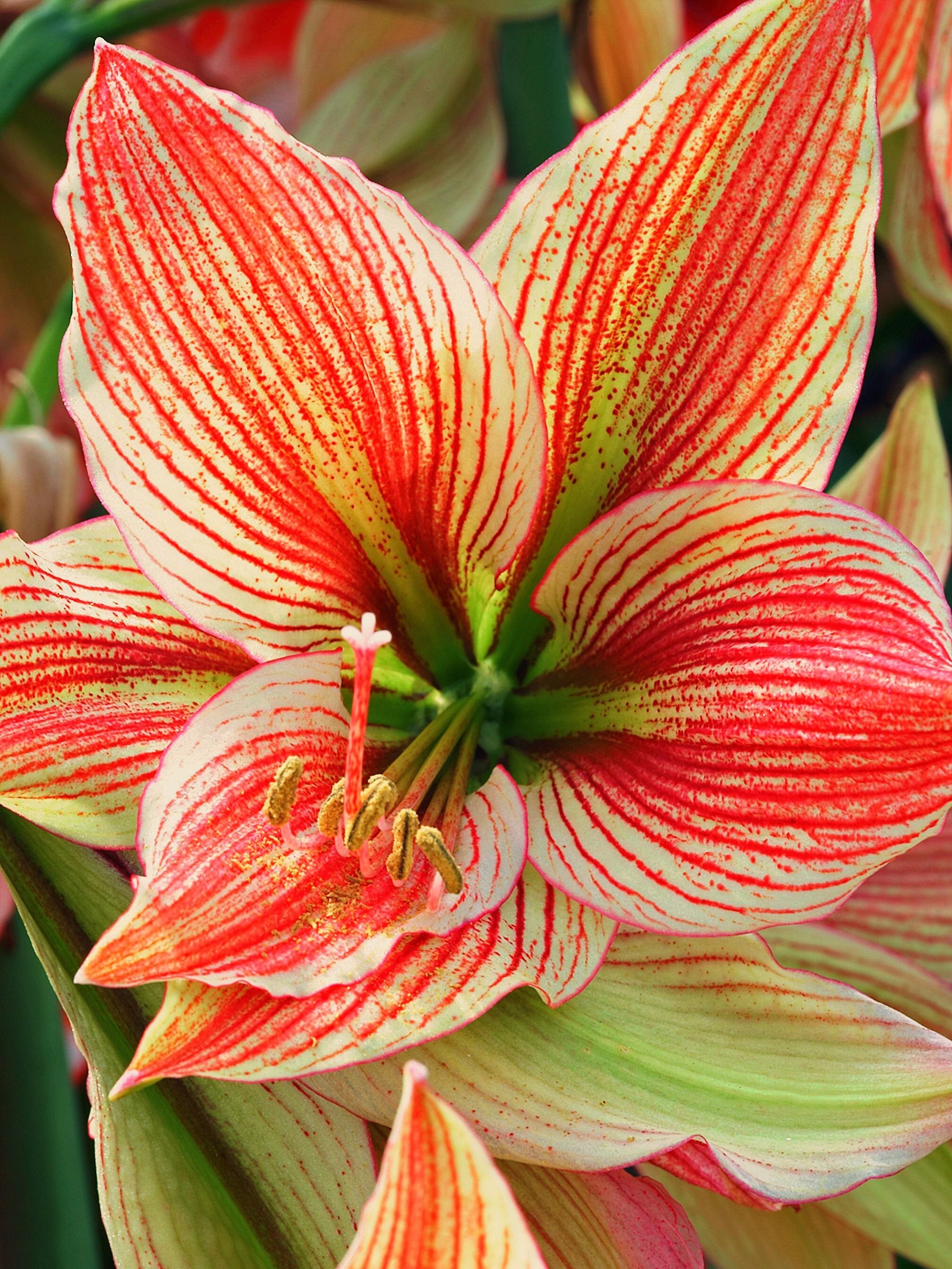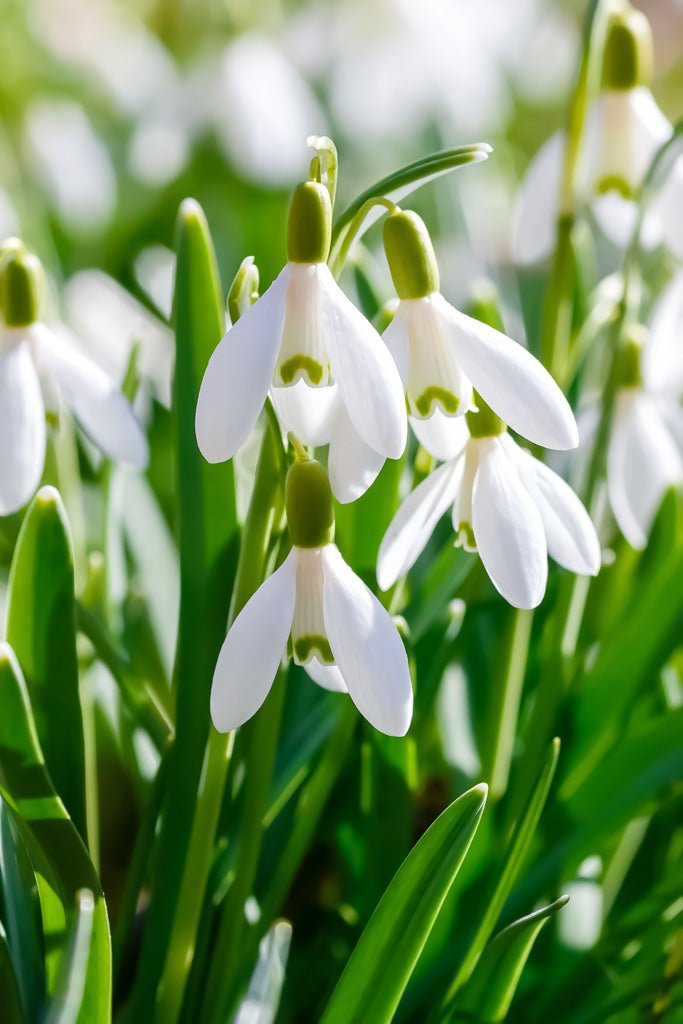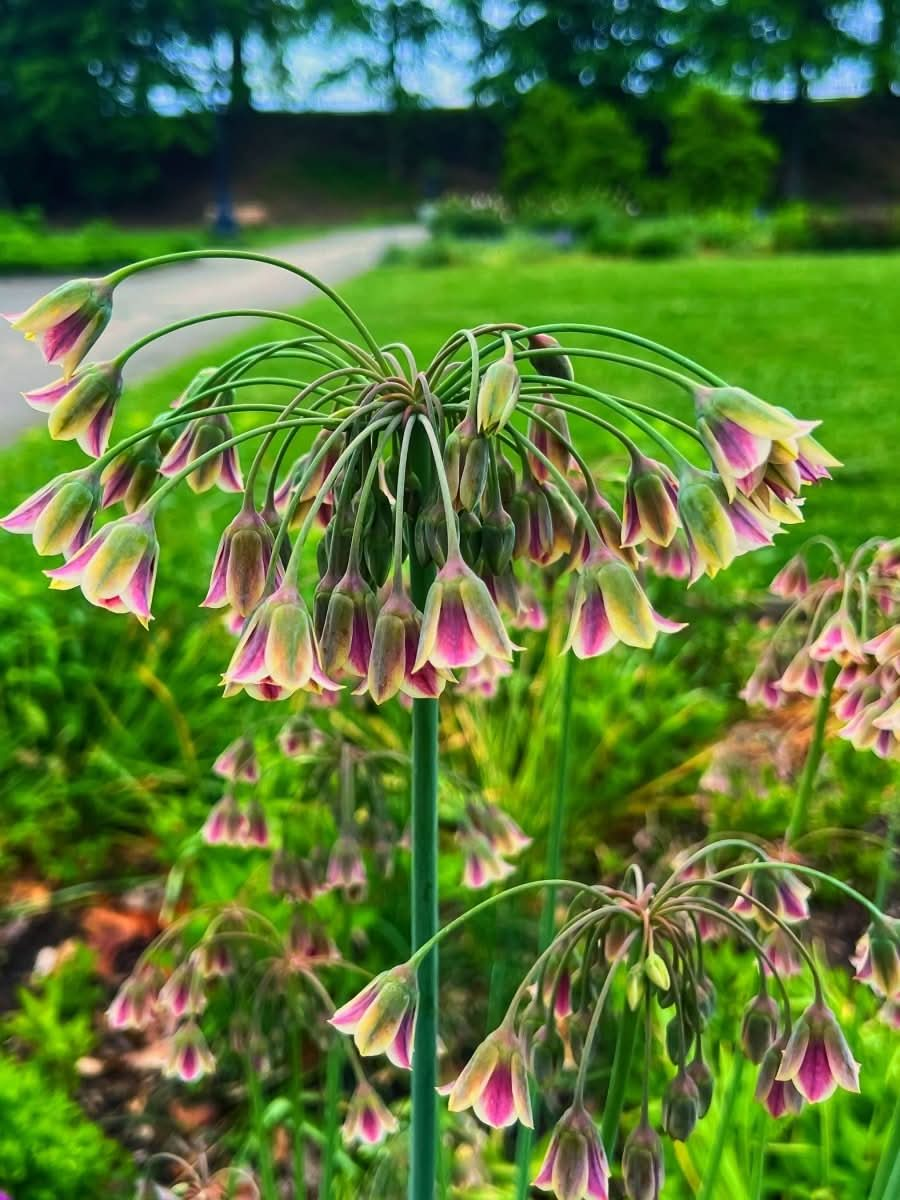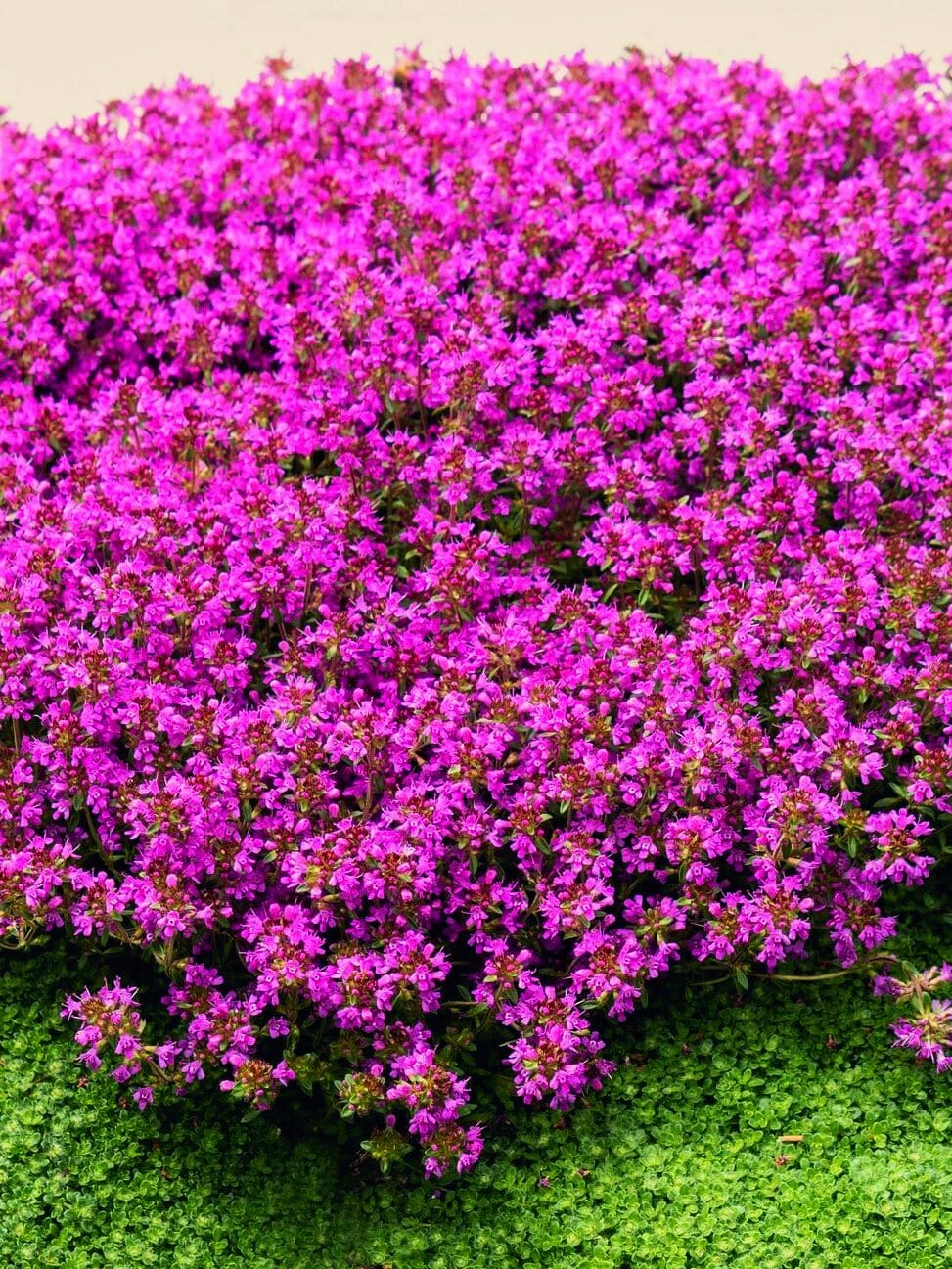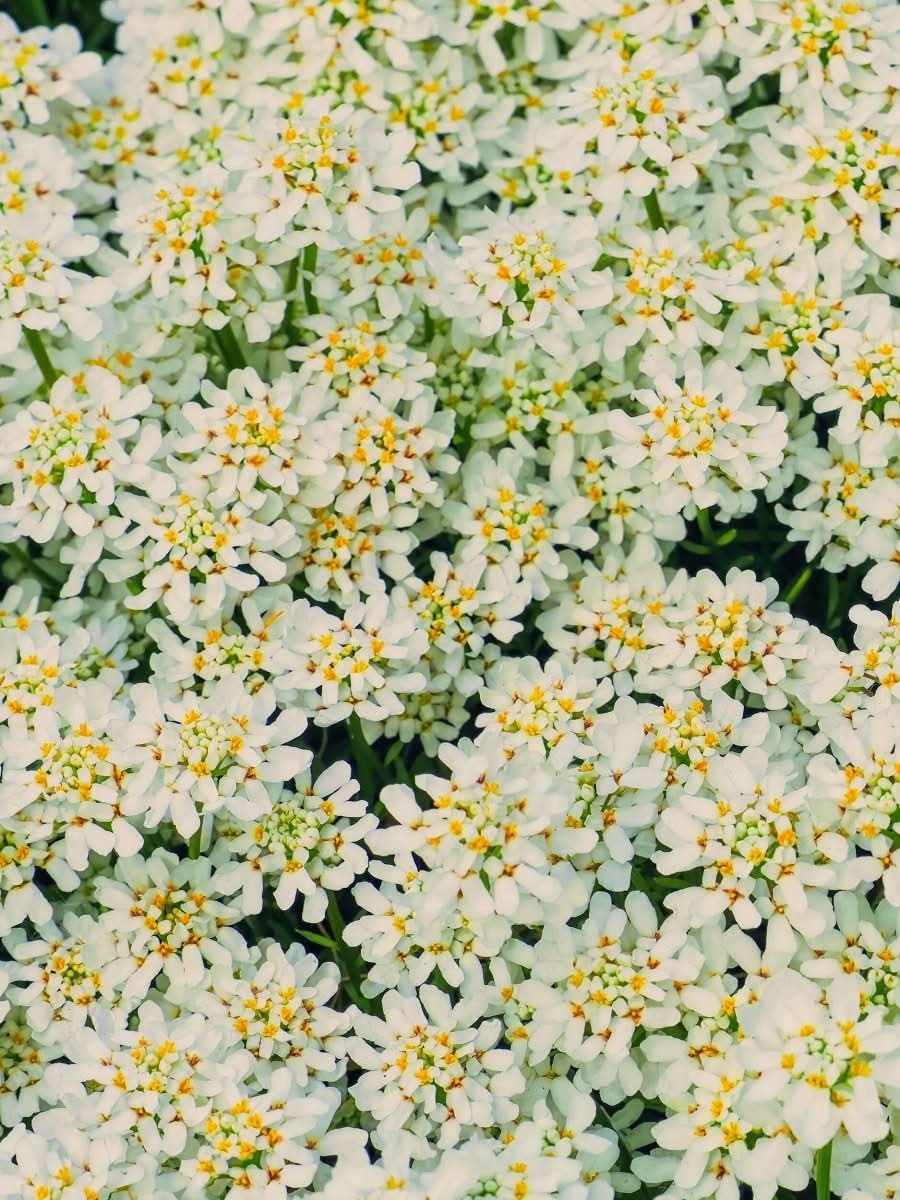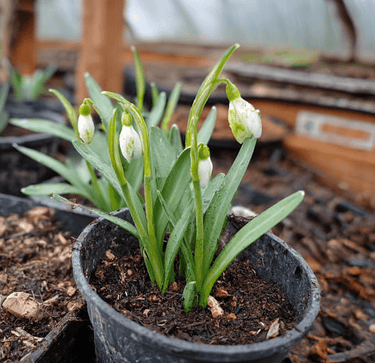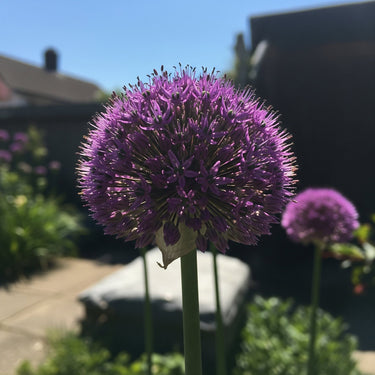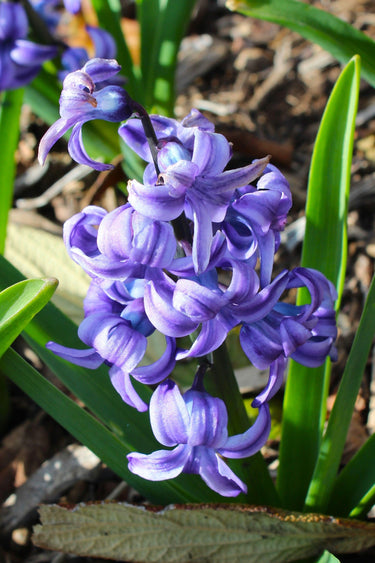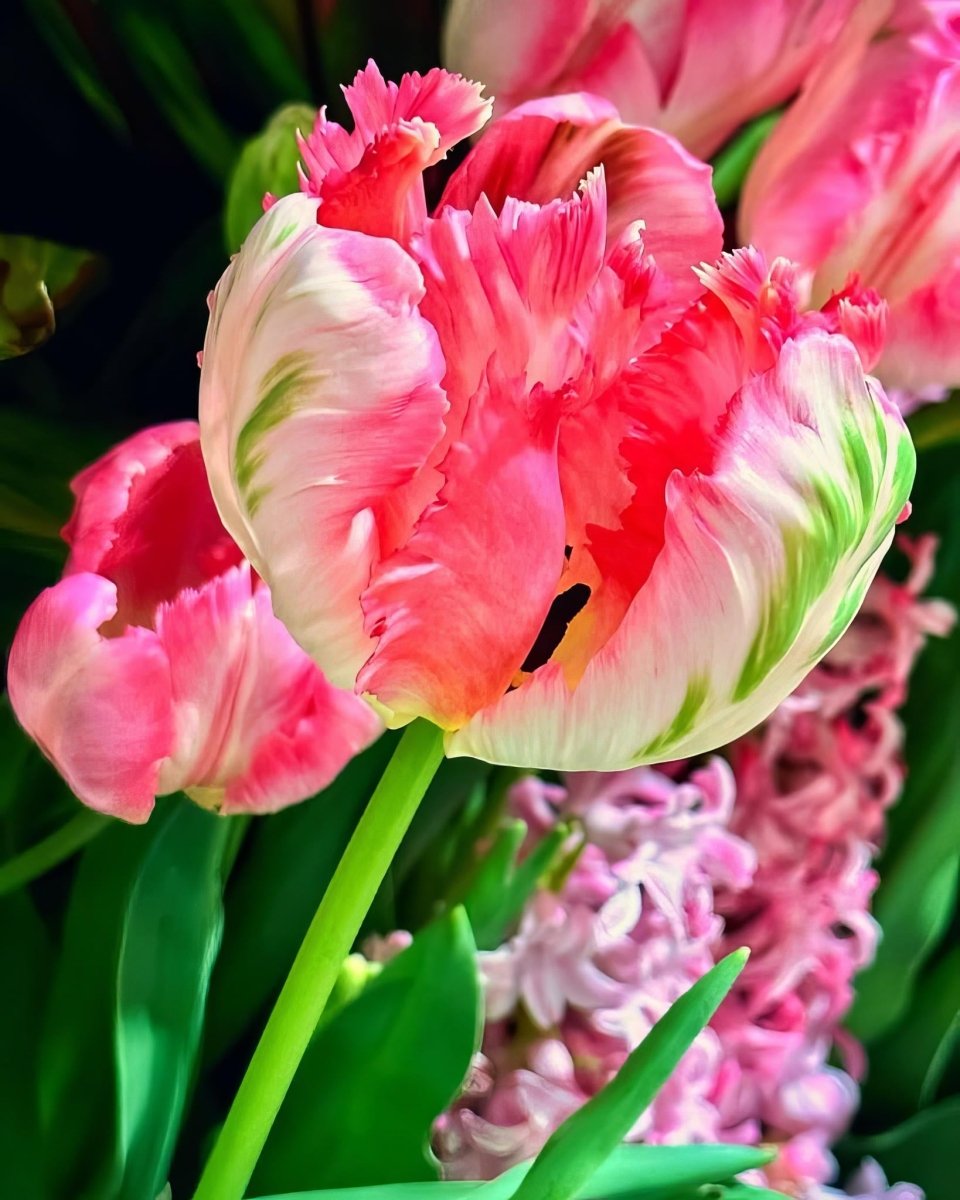
Tulip 'Apricot Parrot'
A sensational and much-loved variety, 'Apricot Parrot' is famed for its wonderfully soft and romantic colouring. The enormous, ruffled petals are a delicate blend of apricot-pink, soft primrose yellow, and creamy white, with subtle green flames on the outer petals. Each flower is a masterpiece of texture and colour, with petals that twist, curl, and wave to create a full, feathered effect. The fragrance is a delightful bonus, adding another layer of sensory appeal. As the flower ages, the colours soften to beautiful pastel shades. It’s an incredibly graceful and elegant choice for a parrot tulip, bringing a touch of gentle drama to garden beds and floral arrangements. Its strong stems hold the large blooms well, making it a reliable choice for both the garden and the vase. It’s a classic for a reason.
| Botanical name | Tulipa 'Apricot Parrot' |
| Flower colour | Apricot-rose with touches of cream, green and yellow |
| Bulb size | 12/+ cm |
| Established height | 40-50 cm |
| Established spread | 20 cm |
| Plant spacing | 60 bulbs per m² |
| Leaf colour | Grey-green |
| Habit | Upright, can arch |
| Life cycle | Perennial |
| Hardiness | Fully hardy |
| Years to establish | 1st year |
| Sunlight | Full sun |
| Position | Sheltered |
| Suitable for | Borders, Pots, Cut flower gardens |
| Soil acidity | Any |
| Soil moisture | Well-drained |
| Soil type | Loam, Sandy, Chalky |
| RHS Award (AGM) | Yes |
| Growing skill | Easy to grow |
| Pollinator-friendly | Yes |
| Deer resistant | No |
Planting and Flowering Calendar
Key Features
Packed in paper
Packed peat-free
Great for Shade
Attracts wildlife
Fragrant
RHS Award (AGM)
Perfect for pots
Good for cutting

